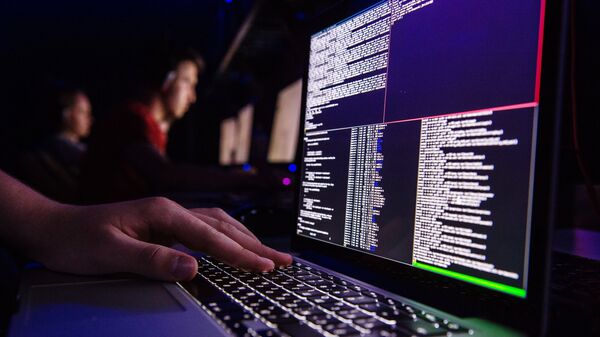"Usually, control centres in the European Union and the United States are used for attacks on Russian information resources", Murashov told a briefing at Rossiya Segodnya International Information Agency.
Murashov cited foreign company data which suggests that US-based entities were the main source of such cyber threats.
"The analysis shows ... that most attacks aim to steal information ... Criminals aim mostly to obtain information about Russian technologies in the defence and nuclear industries, energy and rocket-building, as well as information from state administration networks. In general, every third attack we register targets financial institutions", he said.
The statement comes after US President Donald Trump refuted on 16 June reports by The New York Times newspaper about the increased number of US cyberattacks on Russia.
On 15 June, The New York Times reported, citing unnamed current and former government officials, that Washington was stepping up online attacks on the Russian power grid, demonstrating Trump's determination to use cyber tools more aggressively.
Last summer, Trump granted new authority to the Cyber Command, the branch of the Pentagon that runs the military's offensive and defensive operations in cyberspace giving; the agency more leeway to conduct offensive online operations without asking for the president's approval,
and making offensive cyberspace activities akin to traditional military operations on the ground.

